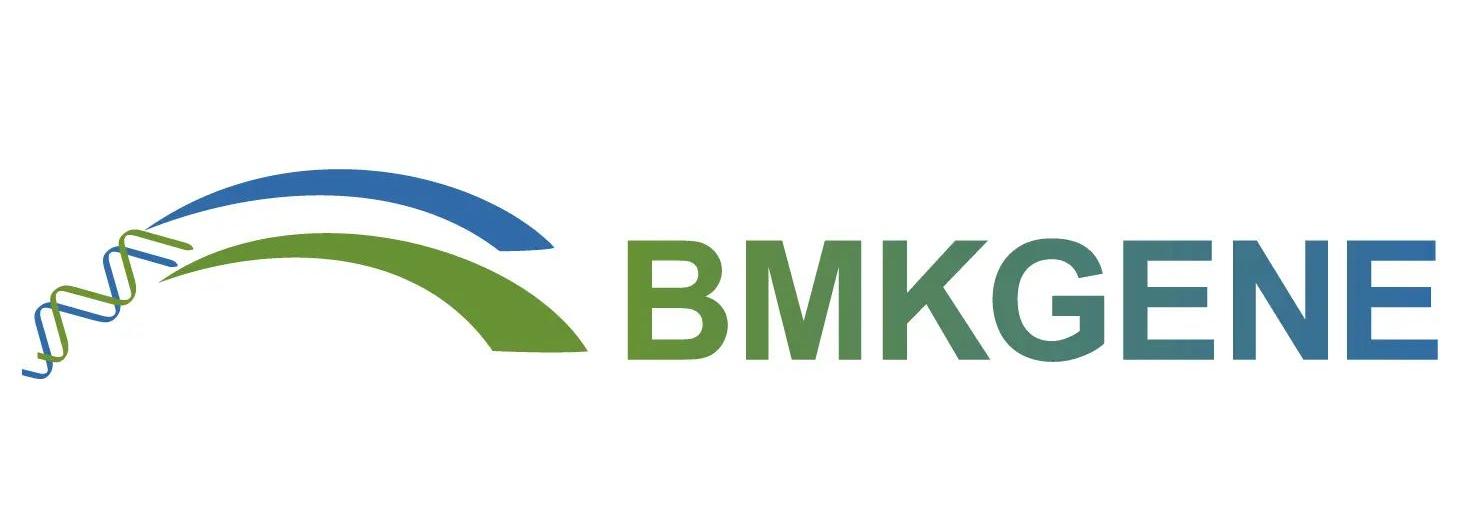MICROBIAL

Bacterial compatibility and immobilization with biochar improved tebuconazole degradation, soil microbiome composition and functioning
Full-length 16S amplicon sequencing | PacBio HiFi | Alpha diversity | Beta diversity
In this study, full-length 16S amplicon sequencing by PacBio and bioinformatic analysis were provided by Biomarker Technologies.
Highlights
Biochar immobilized tebuconazole-degrading bacteria Alcaligenes faecalis WZ-2 was studied on biodegradation efficiency and affects on tebuconazole contaminated soil in comparison to free degrading strain WZ-2.
1. Biochar-immobilized WZ-2 shown a more efficient degradation in tebuconazole compared to free WZ-2 by reducing tebuconazole half-life in soil from 18.7 days to 13.3 days.
2. Biochar-immobilized WZ-2 were able to restore native soil microbial enzyme activities, including urease, dehydrogenase and invertase, etc.
3. Microbial profile in biochar-immobilized WZ-2 treated soil determined by full-length 16S sequencing strongly supported that this system could restore soil health by improving bacterial community structure under tebuconazole contamination.
Experiement (Sequencing related)
Grouping: CK: Natural soil; T: Soil spiked with tebuconazole; S: Tebuconazole contained soil with free strain WZ-2; BC: Tebuconazole contained soil with biochar; BCS: Tebuconazole contained soil with biochar immobilized WZ-2.
Sampling: Total soil DNA extraction amplified by 16S rDNA primers
27F (5′-AGAGTTTGATCCTGGCTCAG-3′) and 1492R (5′-GGTTACCTTGTTACGA), repesenting full-length 16S rDNA
Sequencing platform: PacBio RS II
Sequencing strategy: CCS HIFI reads
Data analysis: BMKCloud Bioinformatic Platforming make goldfish an excellent genetic model system for fish physiology and evolution.
Result
Soil microbial community structure was determined by 16S rDNA sequencing. OTU richness and alpha diversity index, includng Chao1, Ace, Shannon and Simpson indices were evaluated to reveal the species diversity in each system. After 60 days incubation, all indices shown similar trend, i.e. tebuconazole could induce reduction in species richness and diverisity in soil. However, by adding strain WZ-2, soil bacteria community was partially recovered in terms of both richness and diversity. Limited difference was observed among BC, BCS and CK, indicating that biochar and biochar-immobilized WZ-2 could effectively restore soil biological health.

Unweighted Pair-group Method with Arithmetic Means (UPGMA) was applied in this study to show beta diversity among groups. As shown in the following figure, BC, BSC and CK shared more similar pattern of microbial composition compared to group T and S, which further indicated that introduction of biochar in tebuconazole-contaminated soil bioremediation could largely facilitate recovery of microbial community in the soil.

Figure. UPGMA clustering of bacterial community at phylum level under different treatment
Reference
Sun, Tong, et al. “Bacterial compatibility and immobilization with biochar improved tebuconazole degradation, soil microbiome composition and functioning.” Journal of Hazardous Materials 398 (2020): 122941.
News and Highlights aims at sharing the latest successful cases with Biomarker Technologies, capturing novel scientific achievements as well as prominent techniques applied during the study.
Post time: Jan-08-2022

